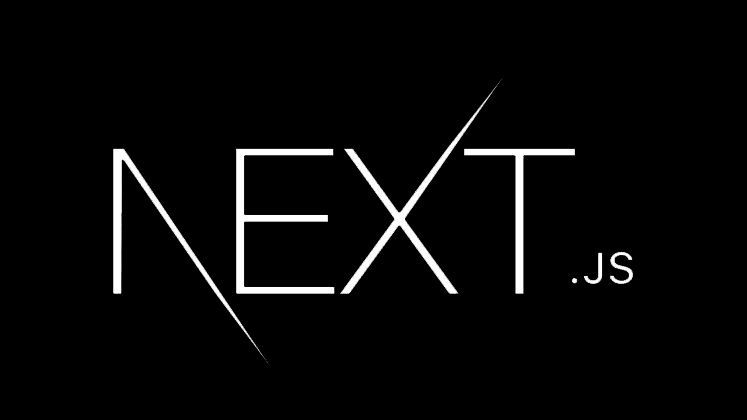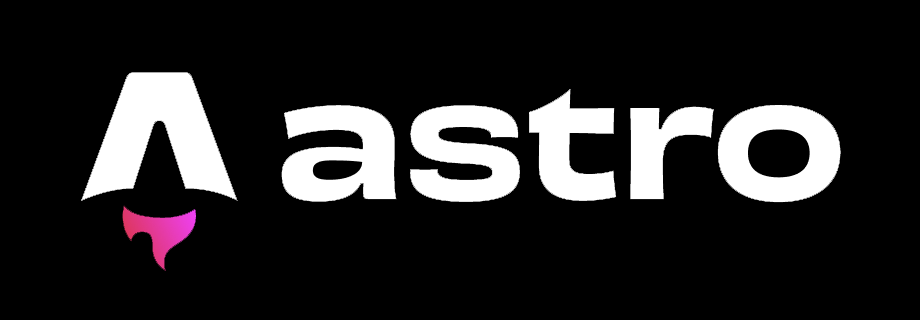Choosing Between Next.js, Astro, and Gatsby

Selecting the right React framework is a crucial decision that can significantly impact your web development workflow and the performance of your applications. In this exploration, we'll dive into three prominent React frameworks – Next.js, Astro, and Gatsby – examining their strengths, weaknesses, and unique features.
Next.js

Next.js has established itself as a leading React framework, providing a powerful and feature-rich environment for building web applications. With server-side rendering (SSR), static site generation (SSG), and an extensive plugin system, Next.js caters to a wide range of use cases.
Key Features of Next.js:
-
SSR and SSG: Next.js supports both server-side rendering and static site generation, allowing developers to choose the optimal approach for their projects.
-
Automatic Code Splitting: The framework automatically splits your code into smaller chunks, optimizing loading times for improved performance.
-
Vast Plugin Ecosystem: Next.js has a vibrant plugin ecosystem that extends its capabilities, offering solutions for various functionalities.
Astro

Astro introduces a fresh perspective on web development by combining static site generation with a unique loading model. It focuses on speed and efficiency, enabling developers to create lightning-fast websites.
Key Features of Astro:
-
On-Demand Loading: Astro loads pages on-demand, reducing initial page load times and improving the overall user experience.
-
Incremental Static Regeneration: Similar to Next.js, Astro supports incremental static regeneration for dynamic content.
-
Flexible Data Fetching: Developers can choose between server-rendered content and static content, tailoring the approach to specific project needs.
Gatsby

Gatsby has been a go-to choice for building blazing-fast websites and applications. It leverages GraphQL for data querying and offers a rich ecosystem of plugins to enhance functionality.
Key Features of Gatsby:
-
GraphQL Integration: Gatsby seamlessly integrates with GraphQL, enabling efficient and customizable data fetching.
-
Image Optimization: The framework optimizes images automatically, ensuring optimal performance and a smoother user experience.
-
Extensive Plugin Ecosystem: Gatsby's plugin ecosystem provides a wide array of tools and integrations to enhance development workflows.
Making the Choice
Choosing between Next.js, Astro, and Gatsby depends on various factors, including project requirements, scalability needs, and personal preferences. Each framework brings its own strengths to the table, catering to different use cases and development philosophies.
-
Next.js shines when you need a versatile framework with robust server-side rendering and static site generation capabilities.
-
Astro stands out for its innovative approach to loading pages on-demand, offering a unique solution for ultra-fast websites.
-
Gatsby remains a reliable choice for projects where GraphQL integration, image optimization, and an extensive plugin ecosystem are crucial.
In conclusion, the choice between Next.js, Astro, and Gatsby ultimately depends on your specific project goals and development preferences. Be sure to explore their documentation, demo projects, and community discussions to make an informed decision that aligns with your web development endeavors.
Feel free to delve deeper into each framework: